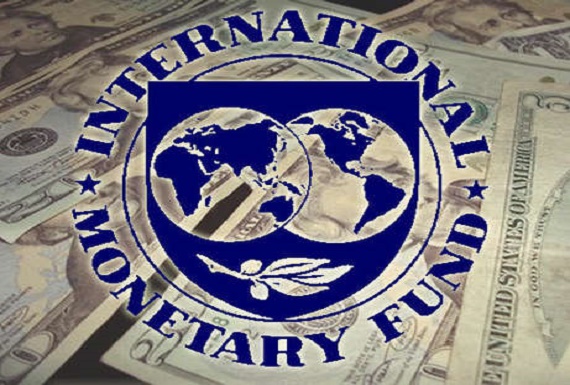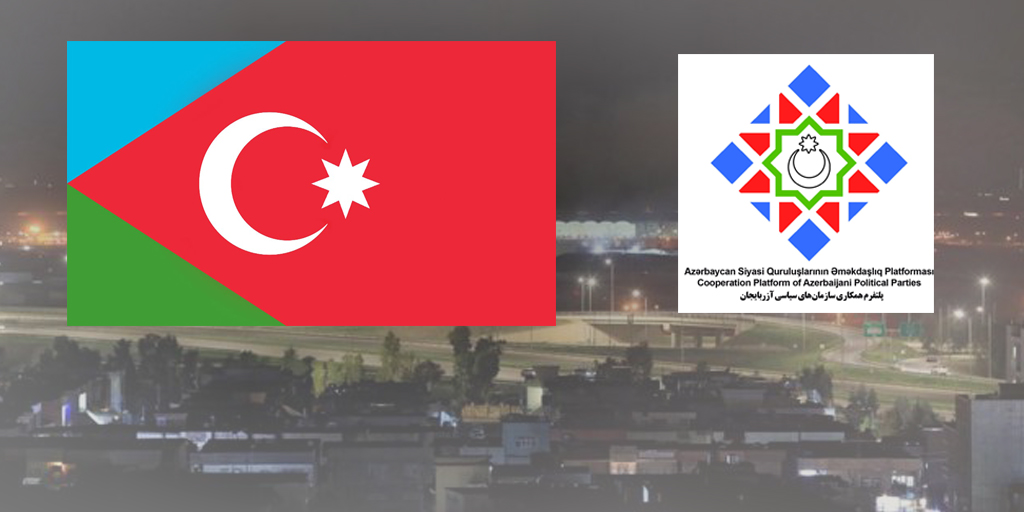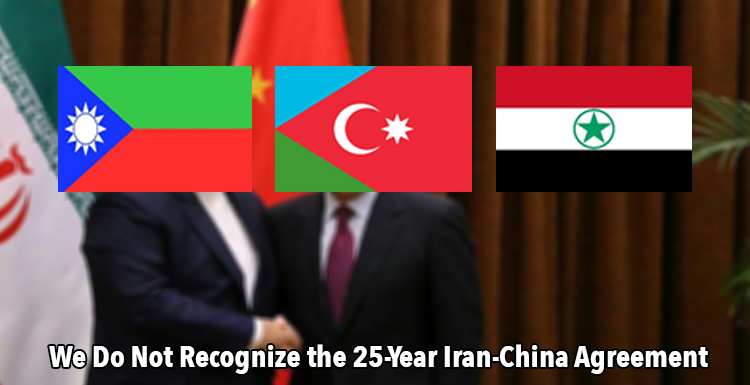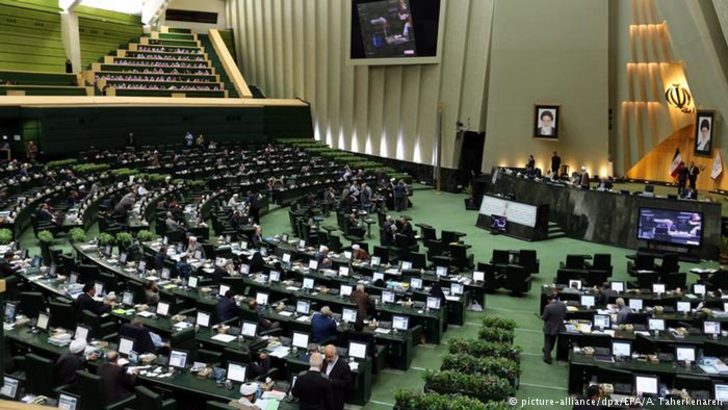Armenia’s economic indicators continue to worsen

Araz News: At the present, Armenia is being squeezed from all sides – on one hand, the government is in trouble due to the protests against the electricity price hike, and on the other, country’s economic indicators are worsening day by day.
Armenia will not see economic growth this year, according to the International Monetary Fund. The organization has predicted that Armenia, which has been experiencing great economic challenges over the past several years, will end 2015 year with zero growth.
The organization also does not expect growth in the economy in 2016. Masood Ahmed, Director of IMF’s Middle East and Central Asia Department said on July 1 that “We do not see big growth next year,” Armenian media reported.
Noting that the economies of countries in the region are mainly affected by the Russian economy, Ahmed said Armenia would feel the same effects felt in other countries.
Ahmed also recalled that Armenia continues to experience the consequences of the global financial.
The Armenian economy has been significantly affected by the economic downturn in Russia, as money transfers from this country to Armenia decreased by 40 percent. In addition, the decline in volumes of the exports was also observed.
The organization forecasted it would therefore be challenging to create jobs, improve living standards, and reduce debt.
Ahmed went on to say that forceful reforms are needed to make the Armenian economy more open, efficient, dynamic, and interconnected with the region and the global economy.
He said if Armenia wants to ensure economic development, it must draw big investments that must be made through internal funding and must resolve the problems that hinder the work of small and medium-sized businesses.
The IMF official also said annually 40,000 people leave Armenia, representing more than one percent of the population.
Ahmad criticized Yerevan, saying the government is not acting quickly enough to create jobs, noting that there is still a high level of emigration, especially to Russia.
Armenia’s unemployment rate in 2014 increased by 1.4 percentage points, reaching 17.6 percent, the recent reports said.
The rising unemployment among Armenia’s 2.9 million-population has become a pandemic problem which threatens to generate social dysfunction.
“Moreover, the financial support provided by migrant workers, is critical – about 20 percent of the country’s GDP depends on remittances,” he said.
The IMF official has voiced concern over the situation in South Caucasus, as it remains a region of significant tensions. He highlighted the Nagorno-Karabakh conflict, Armenia’s relations with Azerbaijan and Turkey, and tensions between Georgia and Russia, adding that these tensions affect interest and investment in the region as they lead to high financial and psychological risks.
Armenia continues occupation of Azerbaijani territories over 20 years. As a result of its policy of aggression, Yerevan has no ties with Baku and Ankara. This, in turn, sidelines Armenia from the big regional projects that were initiated and realized by Azerbaijan and Turkey.
Ahmad also noted that the situation in Armenia’s energy sector also continues to generate losses due to mismanagement.
He said the financial difficulties has forced the government to sell its assets and absorb debts, stressing this cannot continue.
Recent data from the government has shown that the net inflow of foreign investments into the real sector of Armenia, excluding the government and banking system, was less than $60.2 billion drams (about $126 million) in the first quarter. This dramatic fall in FDI is mostly linked to the economic downturn experienced by Armenia’s ‘big brother” – Russia.
This was also indicated to be a consequence of a drop in investments from Russia by 32.8 billion.
The country lacks any real competitiveness, resulting in growing prices and the further destitution of its population. Such callous policies have led to much economic instability and monetary fluctuation – the dram has suffered under such economic strains.
And since officials have proven unable and unwilling to address the situation, Armenia is slowly disintegrating under the weight of its many crises.
By Sara Rajabova
Reprinted from azernews



















